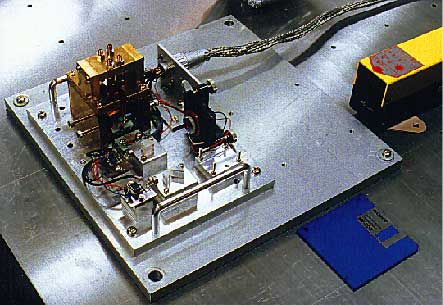
Fig.1. Wideband short-period seismometer using a Michelson laser interferometer.
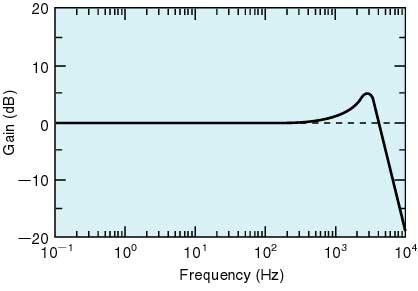
Fig.2. Frequency response of the seismometer.
A new instrument with high performance or high reliability often opens
up new fields of geophysics. With this belief, we developed new
instruments. Shown in Fig.1 is a wideband short-period seismometer
using a Michelson laser interferometer. To detect short-period
vibrations down to 1ms, the frequency response of the output signal
has a flat performance up to 1kHz (Fig.2). We are also trying to
develop other types of instruments, such as a laser strainmeter, an
ocean-borehole tiltmeter, and a seismometer which can sense six
degrees of vibration components.

Fig.1. Wideband short-period seismometer using a Michelson laser interferometer.

Fig.2. Frequency response of the seismometer.
(2) ACROSS (Accurately Controlled Rotary Seismic Source) Tomography
We are developing a tomography based on accurately harmonic elastic
wave. This system is composed of a phased array of artificial
seismic sources and an array of seismographs. The source is an oscillator
in which an eccentric mass is driven by a servomotor and is
installed under the ground. We maintain the frequency of the sources
constant. We also deploy sensors in a dense array. Recorded data
are stacked immediately and the SN ratio of the data is augmented.
The mathematical feature of the ACROSS tomography is an inversion
of the harmonic wave field. This is a young subject and a lot
have to be exploited. But we can transform it mathematically to a conventional
velocity tomography. Another approach is a phased
array operation of many sources in which resolution is expected to
be significantly improved. In this approach, the scattering structure
is identified directly.
The source undoubtedly is the center of concern. High-speed rotation
of an eccentric mass with accurately constant velocity for a
long time is an unexplored technology and many inventions have been
needed. We made the first model in 1998 and have been
examining it in the laboratory (Fig.3). We also completed improved
and stronger sources, installed them in a deep tunnel of Kazunogawa
Power Station, eastern part of Yamanashi prefecture, of Tokyo Electric
Power Company and currently conducting experiments.
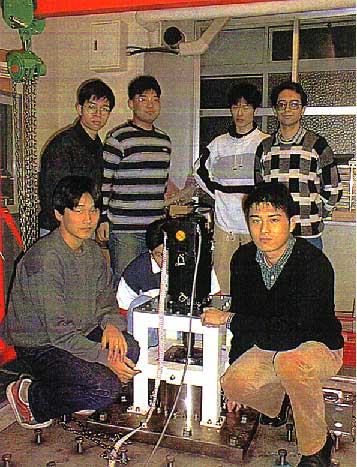
Fig.3. Accurately Controlled Source with 1 ton Force
(1) Gravity field monitoring at tectonically active regions. We repeat
gravity measurements several times a year at the Tokai
subduction area, Asama Volcano, Izu Peninsula and other locations.
The combination of an absolute gravity measurement (FG5
gravimeter in Fig.4) and a relative one (LaCoste & Romberg gravimeter)
enables us to determine spatio-temporal gravity changes with
an accuracy and a precision of 1-5 microgals. We apply the elastic/viscoelastic
dislocation theory to the observed gravity change to
estimate the underground deformation process.
(2) Physical interpretation of gravity anomaly around active faults.
A peculiar gravity anomaly pattern often occurs around active faults.
We postulate the hypothesis that the current gravity anomaly manifests
as a result of an accumulation of repeated co-seismic gravity
changes in the past. In particular, the gravity anomaly around the
Northern Izu Fault System is explained well by geomorphologically
determined offset and seismic fault parameters of the 1930 Kita-Izu
earthquake (Fig.5).
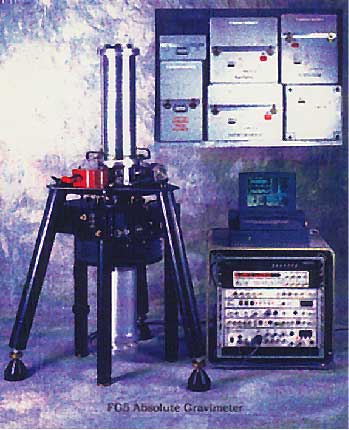
Fig.4. The FG5 high-precision absolute gravimeter.
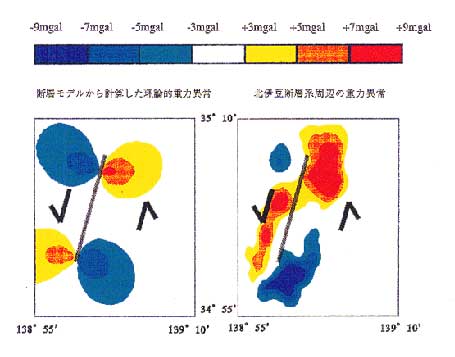
Fig.5. Gravity anomaly around the Northern Izu Fault System. (left)
Gravity anomaly expected from the
accumulation
hypothesis. (right) Observed gravity anomaly after removing the regional
trend.
It is well known that the shallow part of the Earth's crust, where
a large majority of earthquakes occur, is permeated by a number of
pre-existing cracks of various sizes. In general, densely distributed
cracks interact mechanically with each other. We have theoretically
and numerically studied the effects of crack interactions on various
aspects of earthquake ruptures. We also have developed
mathematical methods of analysis forming the basis of such studies.
It has been revealed that crack interactions can be a key element
characterizing earthquake ruptures; we can understand in a unified
way not only an earthquake rupture process from its nucleation to
arresting, but also from the statistical properties of earthquake activity
from the concept of the interaction.
A fracture zone called a fault zone is formed where shallow earthquakes
occur repeatedly. It is known that crack distribution density
is very high there. Rupture growth in such a fault zone is simulated,
and an example of the result is illustrated in Fig.6. This figure
shows that the earthquake rupture begins growth by exciting some subsidiary
ruptures because of intense crack interactions. It is also
shown that the overall rupture velocity is quite slow at the stage
of dynamic rupture nucleation, which is also due to the crack
interactions. This explains recent seismological observations quite
well.
(2) Development of Method to Estimate the Mechanical Properties of a Fault Zone2
Our study of earthquake rupture suggests that it is crucial to estimate
crack distributions in a fault zone for predicting an
earthquake. It would be most effective to investigate the response
of a fault zone to incident seismic waves. A series of theoretical
studies has been carried out on the scattering property of a fault
zone, and the possibility has been suggested that the mechanical
property of a fault zone can be estimated by precise seismological
observations of seismic waves propagating in the fault zone.
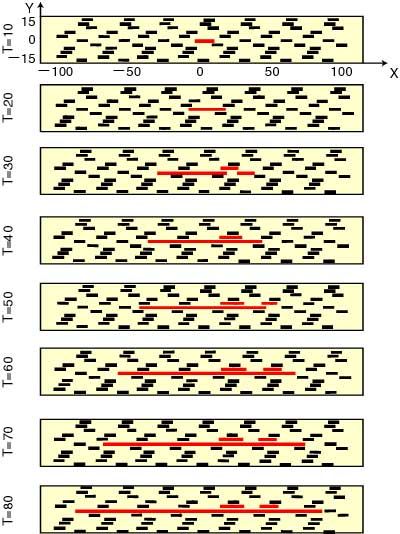
Fig.6. Snapshot of rupture growth in a fault zone (-100<X<100,
-15<Y<15), where T is non-dimensional time. All
the cracks have the same length at
T=0. The red line segments denote propagation-experienced cracks.
A fracture zone called a fault zone is formed where shallow earthquakes
occur repeatedly. It is known that crack distribution density
is very high there. Rupture growth in such a fault zone is simulated,
and an example of the result is illustrated in Fig.6. This figure
shows that the earthquake rupture begins growth by exciting some subsidiary
ruptures because of intense crack interactions. It is also
shown that the overall rupture velocity is quite slow at the stage
of dynamic rupture nucleation, which is also due to the crack
interactions. This explains recent seismological observations quite
well.
(2) Development of Method to Estimate the Mechanical Properties of a Fault Zone
Our study of earthquake rupture suggests that it is crucial to estimate
crack distributions in a fault zone for predicting an
earthquake. It would be most effective to investigate the response
of a fault zone to incident seismic waves. A series of theoretical
studies has been carried out on the scattering property of a fault
zone, and the possibility has been suggested that the mechanical
property of a fault zone can be estimated by precise seismological
observations of seismic waves propagating in the fault zone.
Simulation of Seismic Source Processes and Applications to Design of Structures
(1) Computer Simulation of Rupture Process and Generation of Strong Motion
An inversion of seismic waveforms has been
used to infer distributions of kinematic parameters, e.g., slips or moment
release or
rupture time on the fault. It is based on kinematic
fault models that include some arbitrary assumptions. We have proposed
an efficient
method to reconstruct physically a reasonable
dynamic rupture process with the constraint of kinematic inversion results
and applied it
to several earthquakes. The heterogeneous distributions
of stress drop and fault strength excess have been revealed. In the method,
ground motions near the fault are also calculated.
Fig.7 shows snapshots of slip velocity on the fault and ground motions
generated for
the 1984 Naganoken-seibu earthquake.
(2) New Design Methodology of Structures against Strong Near Earthquakes
The concept of L2 design seismic load, which
was introduced into the design of civil engineering structures, has not
been thoroughly
investigated, and serious confusion exists among
engineers. Our basic idea to establish a rational design method is 1. to
develop a
highly reliable structural analysis based on
the integration of earthquake sciences and structural mechanics, and 2.
to control vibration
and damage. Following this strategy, we are designing
new large structures located in the neighborhoods of active faults and
are
accumulating and analyzing detailed data.
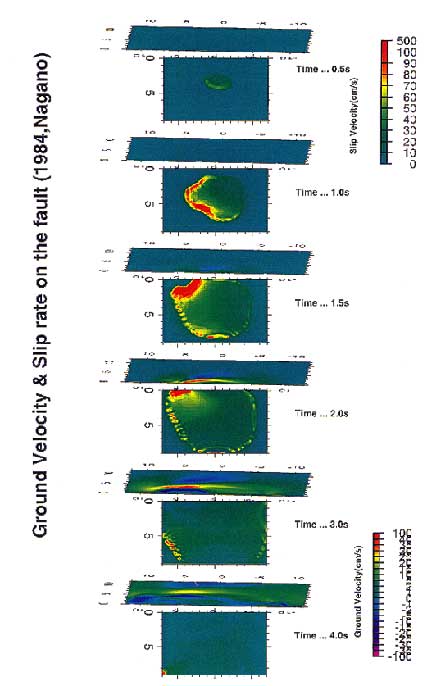
Fig.7. The slip velocity on the fault and the ground velocity at
each time step for the 1984 Naganoken-seibu
earthquake.